Kefir is a fermented milk beverage that has mythical origins deep in the Caucasus Mountains in Russia. The name itself is Russian in origin, and means “pleasure drink.” To create the drink, kefir grains, a live culture composed of healthy bacteria and yeasts, are mixed with milk, causing it to ferment. Today, it is enjoyed by millions of people worldwide, and can be easily prepared in the comfort of your own home.
What Is Kefir?
Kefir is the name of the fermented milk beverage made from “kefir grains.” What’s unique about it is that no other cultured milk product uses these grains, which is a special mixture of beneficial bacteria and yeasts that provide various health benefits. These grains appear like small cauliflower florets. Note that the word “grains” should not be taken literally. It is basically the name for the live cultures of beneficial yeasts and bacteria.
The origin of these special kefir grains has been lost and forgotten. Legends say that kefir was originally a gift by Mohammed to the Muslim people who lived in the Caucasus Mountains, and if they were to give away the recipe, the drink would lose its power. As time went on, families passed down the grains and eventually made their way down the mountains to be used by the Russians.
In 1909, Russians started making kefir by mixing milk and kefir grains inside animal skin bags that were hung over the front door of their houses. Throughout the day, family members were required to shake the bag whenever they would pass by it to help improve the fermentation quality. Eventually, kefir was mass-produced and has been a staple of the Russian diet ever since.
3 Kefir Benefits You Should Know About
Kefir is loaded with probiotics, and can provide health benefits similar to other fermented beverages, including:
- Improved Gut Flora and Overall Digestive Health— Thanks to its mixture of beneficial bacteria and yeasts, drinking kefir can help reseed your digestive tract with probiotics that can help eliminate harmful bacteria, thereby resulting in a healthier digestive system. In addition, it’s packed with fiber, which can help with constipation. One study noted that kefir may even help prevent diarrhea and enterocolitis, a condition marked by inflammation in the small intestine and colon.
- Lowered Risk of Stomach Cancer— The microorganisms that comprise kefir may help lower your risk of stomach cancer. In a study published in the International Dairy Journal, researchers noted that certain probiotic strains in Tibetan kefir were able to induce apoptosis in gastric cancer cells.
- Maintained Blood Sugar Levels— If you’re diabetic, drinking kefir may help control your blood sugar levels. The bacteria in kefir grains feed on sugar, which means that any excess sugar is removed before it enters your bloodstream and causes a spike in your sugar levels. This allows you to enjoy the drink’s health benefits without harming yourself. Coincidentally, the grains eat the lactose in the milk, making kefir a nutritious drink even if you’re lactose-intolerant.
Finally, the lactic acid produced by kefir is a powerful antimicrobial agent. Studies have found that it can help eliminate pathogenic bacterial and fungal strains such as:
| Salmonella | Helicobacter |
| Shigella | Staphylococcus |
| Proteus vulgaris | Bacillus subtilis |
| Micrococcus luteus | Listeria monocytogenes |
| Streptococcus pyrogenes | Streptococcus faecalis |
| Fusarium graminearum | Candida albicans |
Other Kefir Uses You Can Try
There are other culinary uses for kefir aside from being enjoyed as a beverage. Examples include:
- Baking— Substituting yogurt or buttermilk with kefir in baked goods is a great way to add probiotics to your daily diet.
- Smoothie— Smoothies can be made healthier by adding kefir.
- Soup— Add a tangy flavor to your soups by using kefir instead of regular cream or broth.
- Ice cream— Kefir can be added to homemade ice cream to make it healthier and less reliant on sugars and artificial sweeteners for flavor.
- Salad dressing— Kefir can serve as a base for tangy-flavored salad dressings.
- Facial wash— The probiotics found in kefir may help improve your skin’s acid/alkaline balance, helping rejuvenate its appearance.
- Dips and sauces— You can use kefir as the base for a creamy, probiotic-rich ranch dip.
How to Make Kefir
Making kefir is easy and requires minimal effort. You only need the following materials to get you started:
| Ingredients: | ||
| 500 milliliter Kilner jar | 1 Tbsp. of kefir grains | Grass-fed, raw milk |
Procedure:
- Pour the kefir grains into the jar, then add the milk until it is two-thirds full. Tightly close the lid afterwards.
- Let the mixture ferment at room temperature for 24 hours.
- Strain the kefir into a clean container. Use a spoon to get all of the milk that is stuck at the bottom of the Kilner jar.
- Stir the kefir while it is draining in the strainer until only the grains remain. Place the strained kefir into the refrigerator and consume when ready.
Timing and Temperature Affect the Finished Product
While the procedure specifies that you should let the mixture ferment for 24 hours, this is only a suggested average. Depending on how long you let it ferment, you can get either a sweet (12 hours) or a sour flavor (48 hours).
You’re also free to experiment with the temperature. Some people like to ferment their kefir in the refrigerator for five days to slow down the process, resulting in a thicker liquid.
Double fermentation can be done as well. It’s a method wherein you ferment the strained kefir for 24 additional hours at room temperature once the kefir grains have been removed.
How to Properly Store Kefir
Once you have completed straining the final kefir product, simply place it inside the refrigerator until you’re ready to consume it. The cold temperature will help slow down the fermentation further. As an alternative, you can leave it at room temperature (double fermentation) to allow more beneficial microorganisms to multiply.
Storing the Kefir Grains and Growing Them
In the same jar you used to ferment your kefir drink, pour enough milk until the grains are covered and place in the refrigerator. This will help slow down the fermentation process, allowing you to preserve your grains for weeks at a time.
What’s great about kefir grains is that they are composed of living microorganisms. This means that the grains you initially purchased can grow over time, allowing you to ferment multiple jars for your entire family.
If you notice that your grains are expanding too quickly and you don’t need to create multiple jars, you can split them up and share them with your friends so they can get started on making their own kefir as well.
| Kefir Nutrition Facts
Serving Size 1 serving (175 g) |
||
| Amt. Per Serving |
% Daily Value* |
|
| Calories | 90 | |
| Calories from Fat | 32 | |
| Total Fat | 3.5 g | 5% |
| Saturated Fat | 2 g | 10% |
| Trans Fat | ||
| Cholesterol | 10 mg | 3% |
| Sodium | 90 mg | 4% |
| Carbohydrates | 8 g | 3% |
| Dietary Fiber | ||
| Sugar | 6 g | |
| Protein | 6 g | |
| Vitamin A4% | Vitamin C | 4% |
| Calcium20% | Iron | |
*Based on a 2000 calorie diet.
Kefir Versus Yogurt: Which Is Healthier?
Kefir’s probiotics have been purported to be more beneficial than yogurt’s because not only do they have more beneficial bacteria strains, but yeasts as well. Most yogurt products and starter cultures typically have a few Lactobacilli strains. Kefir on the other hand, contains anywhere between 10 to 20 strains.
Naturally, the higher number of strains translate to a higher number of live microorganisms. It’s estimated that a half-cup of kefir contains around 40 billion microorganisms, while yogurt only has around one billion.
If this is your first time learning about kefir, you should definitely give it a try because the benefits are hard to pass up. But that doesn’t mean to say you should shun yogurt forever. Ideally you should get your probiotics not only from kefir and yogurt, but from various fermented foods as well, like natto, fermented vegetables and tempeh.

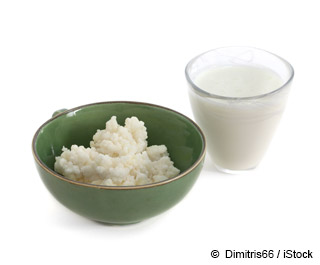
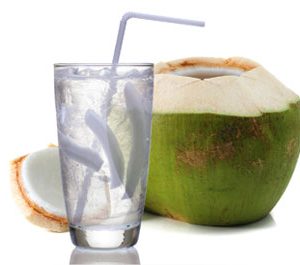
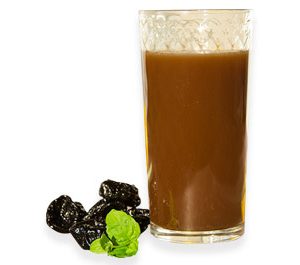
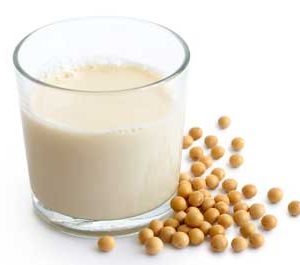
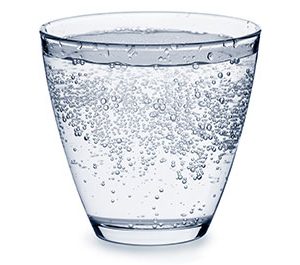

Reviews
There are no reviews yet.